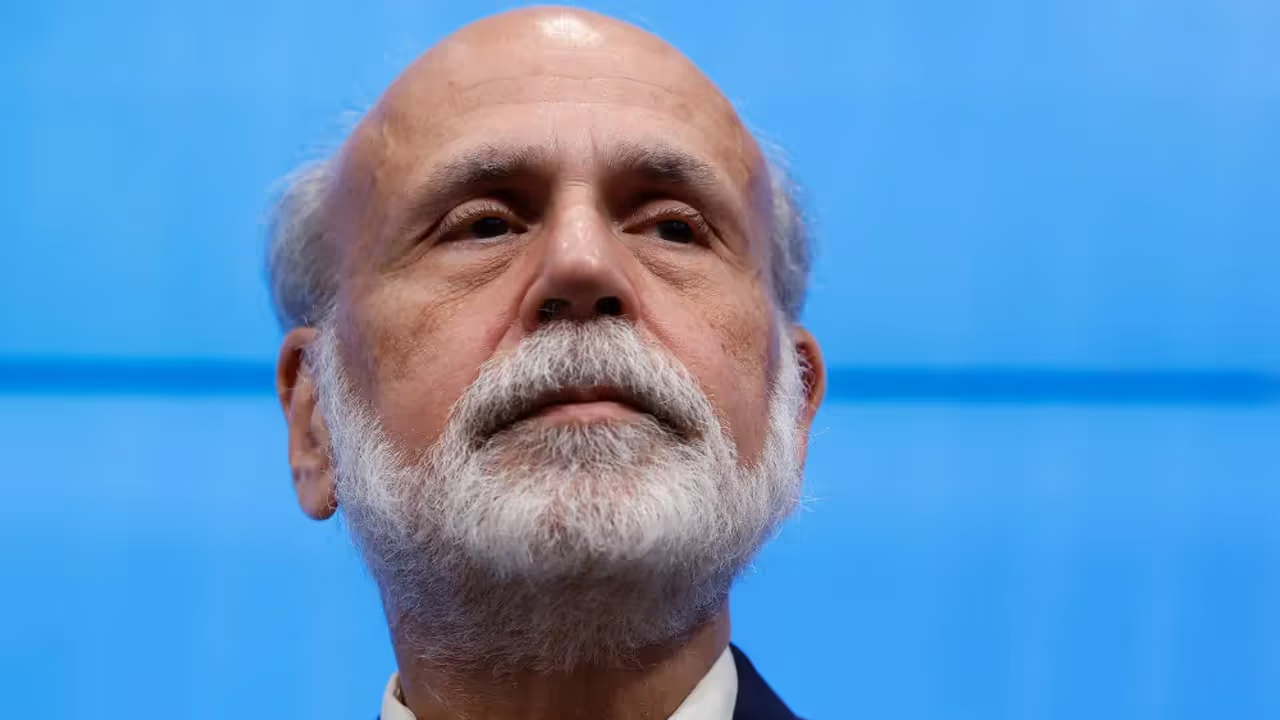The former Fed Chair explained that the central bank’s announcements of its monetary policy decisions are accompanied by relatively little economic context or explanation other than what emerges from the chair’s comments and the press conference.
Former Federal Reserve Chair Ben Bernanke detailed two shortcomings of the central bank’s communication strategy and proposed that the Fed release a relatively brief ‘Economic Review’ once every quarter.

Bernanke was delivering a speech at the Fed headquarters in Washington.
“Although the Fed’s communications strategy has some important strengths, I identify two closely related shortcomings that deserve attention,” Bernanke said.
The former Fed Chair explained that the central bank’s announcements of its monetary policy decisions are accompanied by relatively little economic context or explanation other than what emerges from the chair’s comments and the press conference.
Bernanke said that, in contrast, almost all major central banks provide timely, detailed background information on the policy decision in a Monetary Policy Report or similar document.
He explained that this includes reviews of recent economic and financial market developments, discussions of monetary policy strategy, deep dives into substantive issues bearing on the decision, analyses of risks to the outlook, and the like.
Bernanke believes this additional information helps the public better understand the rationale for the policy decision and the factors that will determine policy in the future.
He also pointed out that the central bank does not issue a baseline economic forecast in conjunction with its policy decisions and that this omission is not easy to fix.
“Participants’ projections contain useful information, including about the range of views on the Committee. However, taken on their own, the projections are not an adequate substitute for a transparent, internally consistent macroeconomic forecast,” he said.
The former Fed official also noted that a significant drawback of the projections is their focus on the public’s attention on what each participant sees as the most likely future path for the economy and policy. This downplays the large role of forecast uncertainty in policymaking, he said.
Bernanke proposed that the Fed release a relatively brief ‘Economic Review’ once every quarter. This review should include discussions of current economic and financial conditions, as well as in-depth analyses (e.g., of inflation trends) and special features as appropriate.
“The centerpiece of the proposed Review, however, would be forecasts of key economic and policy variables at varying horizons, drawn from a comprehensive macroeconomic forecast led and 'owned' by the Board staff,” he said.
For updates and corrections, email newsroom[at]stocktwits[dot]com.<
